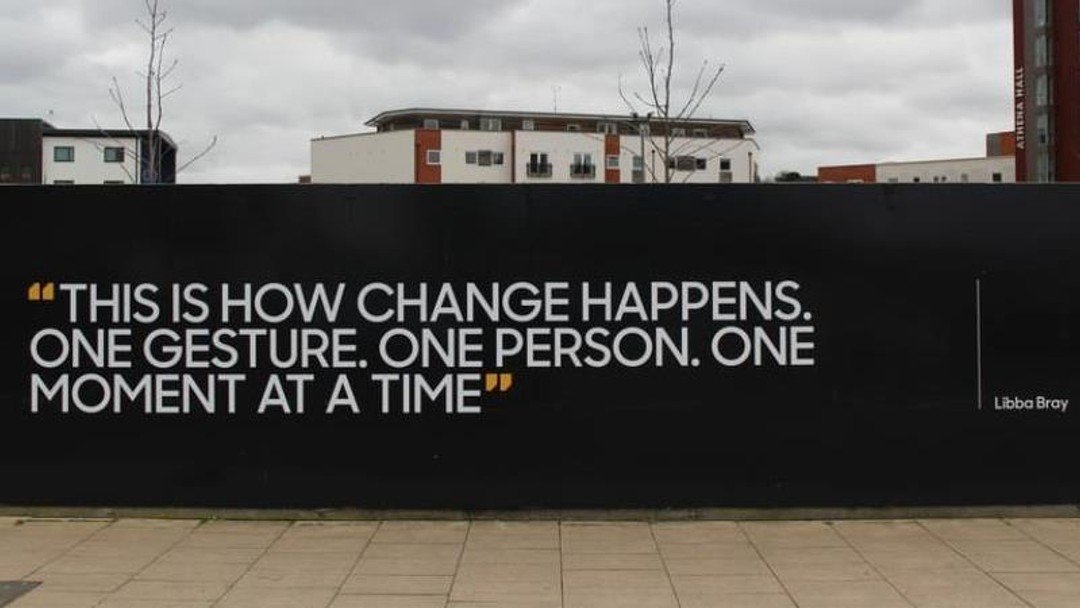Rights and attachment, trauma & neurodevelopment wrongs

Dr Josh Carritt-Baker contemplates human rights violations and professional negligence
The conclusion of 43 attachment researchers in 2017 was that “…misapplications [of attachment] not only violate children’s and parents’ human rights, but in many cases, they may also represent discriminatory practice against minorities in need of our social and material support.” (Granqvist et al., 2017).
When that many academics collaborate to say this, you might wonder if something is very wrong. It is – and it has been building for years:
“There are two discourses on attachment disorder. One is based on disciplined scientific enquiry which seeks to understand disturbances of attachment with careful reference to theory, international classifications and evidence… An alternative discourse is found in some clinical practice, non-academic literature and on the Internet… This discourse…proceeds to make claims which have no basis in attachment theory and for which there is no empirical evidence. In particular, and most worryingly, quite unfounded claims are made for the efficacy of alternative ‘attachment’ therapies.” (Prior & Glaser, 2006)
Who are they? Danya Glaser also contributed to the Psychiatric report prepared by Dr J.C. Sturge with regard to Appeal cases where the Official Solicitor had asked for a child and adolescent psychiatric opinion on the implications of domestic violence for contact ([2000] 4 All ER 609).
What is this ‘alternative discourse’ and how did it come about?
The key diagnosable stressor-related childhood disorders are reactive attachment disorder (RAD) and disinhibited social engagement disorder (DSED). They are rare, affecting about 10 per cent and 20 per cent of very significantly maltreated children respectively (American Psychiatric Association, 2013). They also look rather like neurodevelopmental disorders: RAD can look like autism; DSED can look like autism and/or ADHD.
But autism and ADHD are just much more common: of the order of 1.5 per cent (Baio, 2019) and 5 per cent (American Psychiatric Association, 2013) of the general child population respectively – and much more common than that in the vulnerable and looked after/adopted child (LAAC) populations, quite possibly running into tens of percent (Hansen et al., 2018; Woolgar & Baldock, 2015). Bear in mind here that, thankfully, LAAC in the UK are not routinely in the very significantly maltreated category because we are better than that at preventing such maltreatment (Sonuga-Barke et al., 2017). It would be a different scandal if we were not.
So, whilst RAD and DSED might look like autism and/or ADHD, they occur at much lower rates than autism and ADHD even in the LAAC population. And if you rely on symptom-based criteria, you are very likely to get things wrong: RAD and DSED can only be diagnosed once you know that there have been extremes of insufficient care. You cannot use symptoms that you think are RAD or DSED (or ‘trauma’) to say that there have been extremes of insufficient care.
If you lump together the diagnosable disorders with the much more common non-secure attachment patterns, as is often done (National Collaborating Centre for Mental Health, 2015), you are very likely to think that those patterns are somehow an extension of the disorders – a sort of ‘attachment disorder lite’. You might think: “If RAD/DSED can look like autism or ADHD, then other ‘attachment difficulties’ will also look like autism or ADHD.” But you would be wrong.
And there is the key fallacy. It is incredibly simple in essence: see a child with common neurodevelopmental problems like autism or ADHD, call it attachment (or, more latterly, developmental trauma) – and blame the parents. It is perhaps because it is so simple as a logical flaw that it has become endemic: there is now a presumption of ‘attachment problems’ or ‘trauma’ whereas an assumption of neurodevelopmental problems would be more likely to be correct in almost any population you might think of.
It is the clinical equivalent of confusing correlation and cause. That is why it is wrong. That is why it violates human rights. That is why people seem to find it impossible to change their views even when you show them the science. It appeals to the idea that ‘people have problems because of other people’. And it leaves out entirely the fact that, when it comes to common neurodevelopmental disorders, people have problems because of how their brains have developed – and, to an overwhelming extent, their brains are that way because of their genes and other biological processes (American Psychiatric Association, 2013).
Practical problems
Overall, these professional failings (and related ones concerning neurodevelopmental versus neuro-injurious processes) permeate multiple areas of practice, including:
- Child mental health: it is routine for children with evident signs and symptoms of ADHD and/or autism to be described as having attachment problems or developmental trauma, in the absence of any history consistent with such disorders, or reference to any recognised model of stressor-related disorders.
- Public family law: attachment is used to guide decision-making in the absence of any meaningful assessment of neurodevelopmental conditions and without reference to the distinction between rare stressor-related disorders of attachment and common attachment patterns, resulting in possible human rights violations.
- Therapies provided under the £200m Adoption Support Fund (ASF): related to the above, the 2017 Evaluation of the Adoption Support Fund found that the (often unvalidated) attachment and trauma-focussed therapies delivered under the ASF provide no clinically meaningful benefits and may well be counterproductive; even if effective for abused/neglected children, those treatments may well be contraindicated for children with autism.
- Education: autism and ADHD have significant implications for wider neuropsychological and educational development, but adjustments and provision detailed in diagnostic and statutory needs assessments are often insufficient; ‘attachment in the classroom’ strategies are largely misdirected as it is the effects of neurodevelopmental conditions that are much more common.
- High conflict private family cases (e.g. involving alienation, implacable hostility or contact obstruction): these frequently remain unresolved due to the Ten Parental Alienation Fallacies That Compromise Decisions in Court and in Therapy (Warshak, 2015) – one element of which is the misapplication of attachment.
- Personal injury and medical negligence: neurodevelopmental disorders (like dyslexia, autism and ADHD) are common, largely heritable conditions, that can be overlooked when people are being assessed specifically for legal purposes, resulting in erroneous causal explanations.
As well as all the human rights, health provision, educational and other implications, it is not at all clear that professionals who believe these erroneous ideas could be described as forming a responsible body of medical opinion (à la Bolam). It also seems that this could well be ‘a rare case [where] it can be demonstrated that the professional opinion is not capable of withstanding logical analysis’ such that ‘the judge is entitled to hold that the body of opinion is not reasonable or responsible’ (à la Bolitho). That would seem to make it professional negligence on a national scale – as occurred in France until the UN intervened.
France spent decades pursuing a nationally-sanctioned policy of removal of children with autism from their families. Allied to that policy was enduring adherence to the long-discredited set of psychoanalytic ideas and other false environmental causality theories about autism. Those children were often given inappropriate and counterproductive therapies, and placed long distances away from their families, including out of the country.
In 2016, the United Nations Committee on the Rights of the Child finally shamed France into adopting a meaningful autism reform strategy: “The Committee is concerned that, in spite of three successive autism plans, children with autism continue to be subjected to widespread violations of their rights.” (United Nations, 2016). This led to the instigation of a four-year, €340m reform plan. How long until the UN says something like this about us?
Dr Joshua Carritt-Baker is managing director of MPA, founding chair of RightPro, a clinical psychologist, and an expert witness: psychscience.org.uk
